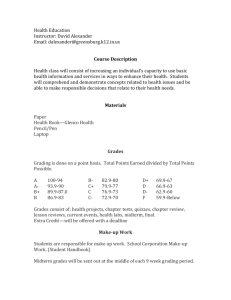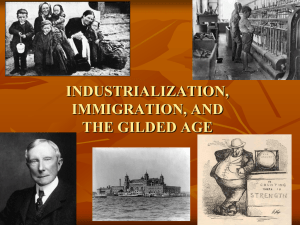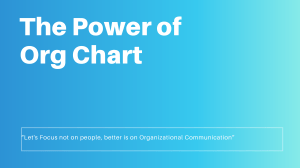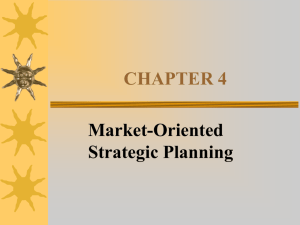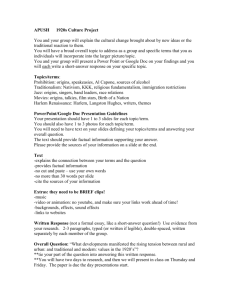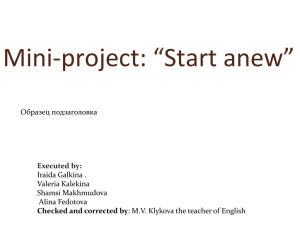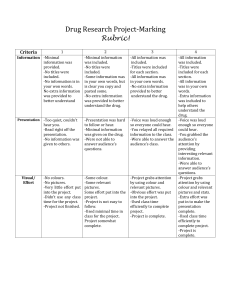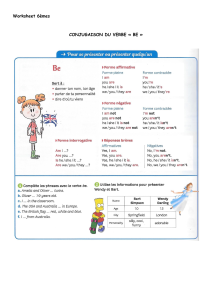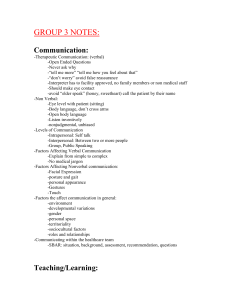Prof. Raveendra Chittoor - Microsoft Center
advertisement
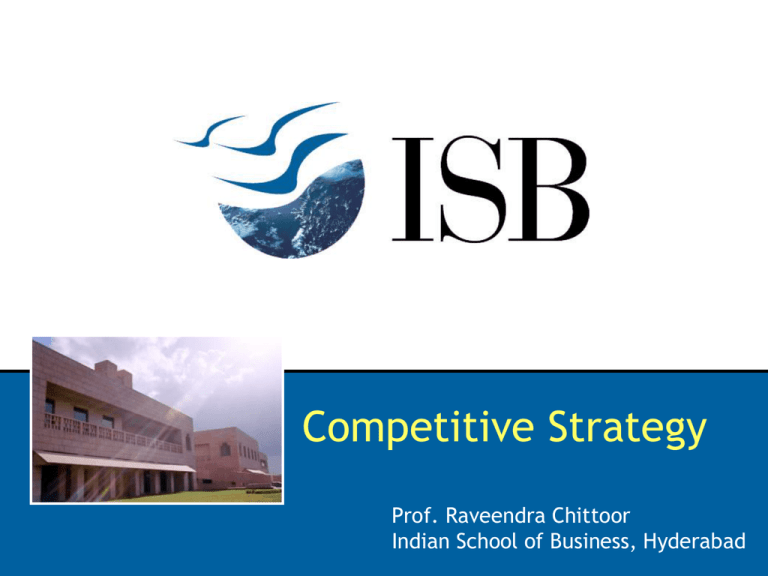
Competitive Strategy Prof. Raveendra Chittoor Indian School of Business, Hyderabad Value Creation Supplier Opportunity Cost Cost Supplier share Price Firm’s share Willingness to pay Buyer’s share 2 Value and Added Value Value – the difference between the customer’s willingness to pay and the suppliers opportunity cost Added value – maximum value created by all the participants in a transaction minus the maximum value that could be created without the firm In other words, If your company ceases to exist tomorrow, what will the customers miss? 3 Strategy Strategy is all about being ‘different’ It is deliberately choosing a different set of activities to deliver a unique mix of value Examples: Harley Davidson, eBay, Apple 4 Role of Strategy To Create Successful Companies Strategy Successful Performance - ROA - Shareholder Value Strategy is all about ‘winning’ 5 Competitive Strategy Strategy – from the Greek word ‘strategos’ meaning ‘military commander’ Competitive Strategy is a broad formula for how a business is going to compete (Porter) ‘An integrated and coordinated set of commitments and actions’ Aimed at Delivering unique value to customers Gaining competitive advantage In specific product markets 6 Cost Value Trade-off 7 Generic Competitive Strategies Source of Competitive Advantage Low Cost IndustryCompetitive wide Scope Single Differentiation Cost Differentiation Leadership Focus Segment 8 The Business System and Competitive Advantage Purchase/Inputs - One type of Plane (737) - Productive employees Logistics -Point-to-Point direct service - Small airports Operations Sales/Marketing -Short flights -No food -No assigned seats -No bag transfer - Low pricing -No travel agents Distinctive/Innovative Activities across the Business System Should support the chosen competitive position Cost Leadership Position Should be consistent and should mutually reinforce each other Competitive Advantage 9 Porter’s Value Chain 10 Value Chain (contd.) 11 McKinsey Generic Value Chain Technology development - Patents, product / process choices Product design - Function, physical characteristics, quality Manufacturing - Integration, raw materials, capacity, location, procurement, assembly Marketing - Brand, sales and distribution, advertising and promotion Distribution - Channels, inventory management, transport Service - Warranty speed, costs, captive/third party 12 Drivers of Low Cost Economies of scale and scope Economies of learning - Increase in individual skills - Improved organizational routines Production techniques and product design Low input costs - Location advantages, ownership of low cost inputs, non-union labor, bargaining power Capacity utilization - Ratio of fixed to variable costs - Fast and flexible capacity adjustments 13 Drivers of Value Quality Brand / reputation Geography (Tea, Wine); Location (Retail stores) Delivery / service Customization Pioneering technologies And so on 14 Sustaining Competitive Advantage Erect entry barriers and imitation barriers - Numerous value-chain activities creating ‘causal ambiguity’ - Base competitive advantage on resources and capabilities that are immobile and difficult to replicate • overcapacity, R&D capabilities, Geographic monopoly, Psychological bonding (brand equity), Unique culture Continuous and incremental innovations 15 Strategic Innovation Innovation is not only new products or processes New approaches to doing business – Strategic Innovation Creating value for customers from novel experiences, products, or product delivery or bundling 16 Thank You 17


